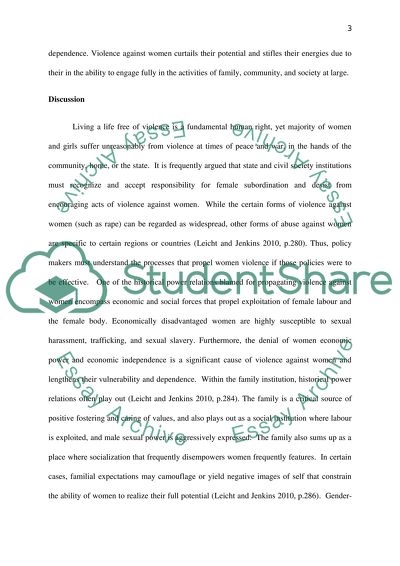Cite this document
(“Gender Policy Review Essay Example | Topics and Well Written Essays - 2000 words”, n.d.)
Retrieved de https://studentshare.org/gender-sexual-studies/1459713-gender-policy-review
Retrieved de https://studentshare.org/gender-sexual-studies/1459713-gender-policy-review
(Gender Policy Review Essay Example | Topics and Well Written Essays - 2000 Words)
https://studentshare.org/gender-sexual-studies/1459713-gender-policy-review.
https://studentshare.org/gender-sexual-studies/1459713-gender-policy-review.
“Gender Policy Review Essay Example | Topics and Well Written Essays - 2000 Words”, n.d. https://studentshare.org/gender-sexual-studies/1459713-gender-policy-review.


